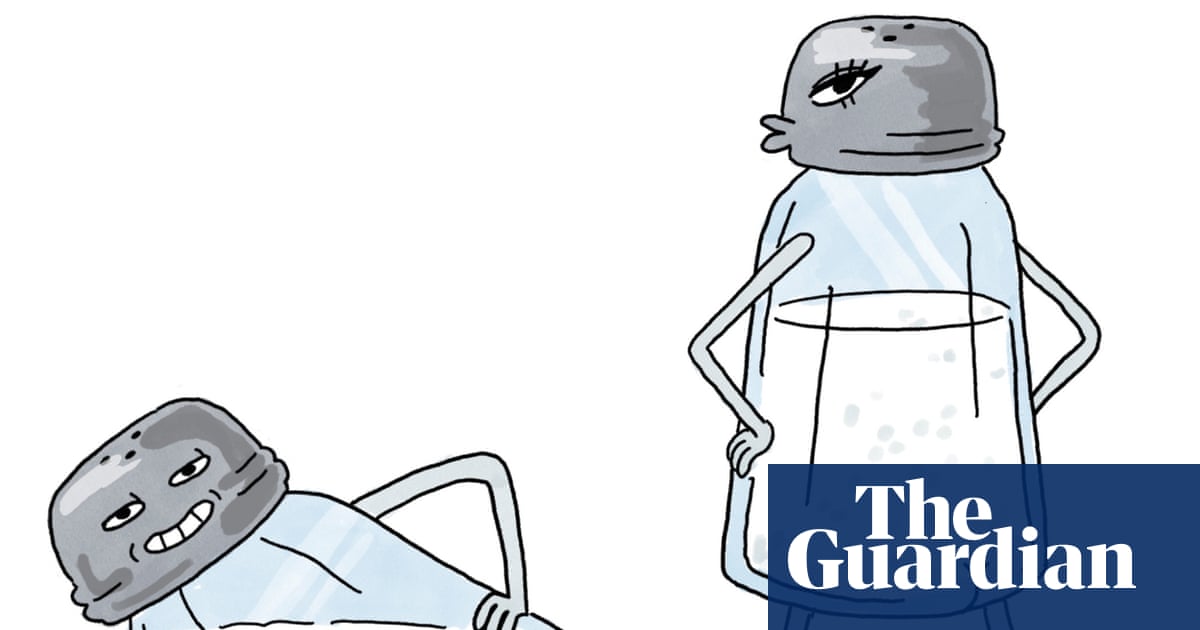
Flaky sea salt, pink rock salt, fleur de sel … Thanks to a generation of TV chefs sprinkling gourmet seasonings on dishes with flair, it feels instinctive that these natural, premium versions of sodium chloride are somehow healthier than humble table salt.
And many of them market themselves that way – claiming that lower levels of processing and higher levels of minerals like potassium and magnesium make them the superior choice.
But Sonia Pombo, a registered nutritionist and head of research and impact at Action on Salt, disagrees. “The evidence linking a high intake of salt to raised blood pressure is very well documented,” she says. (Overconsumption is also linked to an increased risk of stomach cancer, osteoporosis and kidney problems.) “Some of these companies may try to convince the public they’re better,” she says. “But if you look at the tiny amounts of magnesium or potassium in these salts, it’s laughable. If you want micronutrients, eat a piece of fruit.”
The benefits of electrolytes, too, are often overstated, she says. Saline drinks can be helpful if you’re recovering from a stomach bug or training like an elite athlete on a restricted salt diet. But for most of us? “They’re not really necessary – we’re already eating too much salt.”
In the UK, adults are advised to consume no more than six grams of salt a day. The most recent figures show we eat 40% more than that – but even six grams isn’t a target to aim for, Pombo says. “We can survive and thrive on as little as one gram per day.”
If you’re worried about how much salt you use, the only “better” kind is low-sodium salt. The real answer is to gradually reduce consumption – slowly, so you don’t notice the difference. Cook at home more often and beware of hidden salt in products like bread and sauces.
Source link

